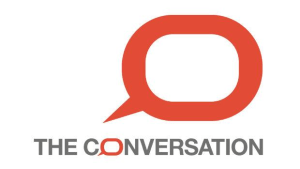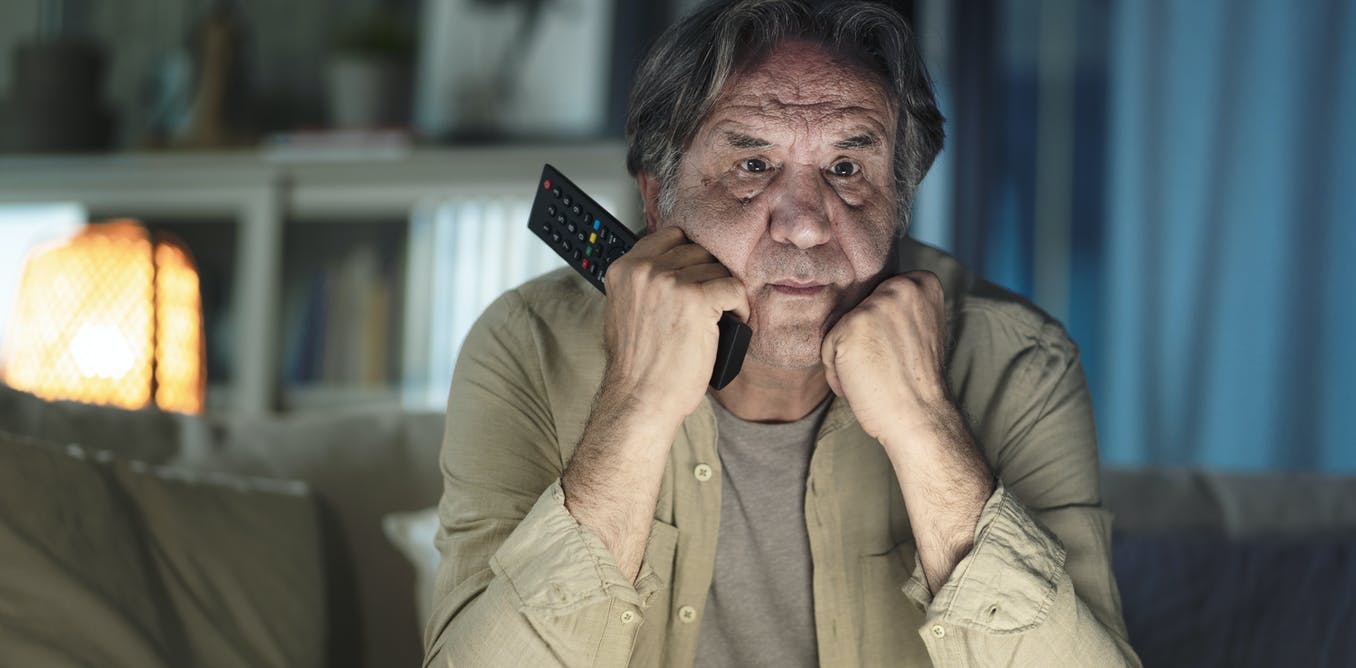Since the pandemic began, anxiety rates in the U.S. have tripled; the rate of depression has quadrupled. Now research is suggesting the media is part of the problem. Constantly watching and reading news about COVID-19 may be hazardous for your mental health.
We are professors who study the psychological effects on people caught up in crisis, violence and natural disasters. COVID-19 surely qualifies as a crisis, and our survey of more than 1,500 U.S. adults clearly showed that those experiencing the most media exposure about the pandemic had more stress and depression.
It’s understandable. The intimations of death and suffering, and the images of overwhelmed hospitals and intubated patients can be terrifying. COVID-19 has created an infodemic; members of the public are overwhelmed with more information than they can manage. And much of that information, especially online, includes disturbing rumors, conspiracy theories and unsubstantiated statements that confuse, mislead and frighten.
Stress worse for some than others
A June 2020 study of 5,412 U.S. adults says 40% of respondents reported struggling with mental health or substance use issues. This finding did not address whether respondents had COVID-19. Since then, some people who had COVID-19 are now reporting mental health issues that appeared within 90 days after their illness subsided.
Taking care of a relative or friend with the virus might result in mental health problems, and even just knowing someone with COVID-19 can be stressful. And if a family member or friend dies from it, anxiety and depression often follow the grief. This is even more likely if the individual dies alone — or if a memorial isn’t possible because of the pandemic.

Essential workers, from hospitals to grocery stores, have a higher risk for COVID-related mental health problems. This is particularly true for health care workers caring for patients who ultimately died from the virus.
Black and Hispanic adults also report more mental health issues, including substance abuse and thoughts of suicide. Having access to fewer resources and experiencing the systemic racism running through much of U.S. health care may be two of the factors. The COVID-19 pandemic also intersected with episodes of police violence toward Black Americans. This alone may have exacerbated mental health problems.
Children, young adults and college students also show comparatively worse mental health reactions. This could be due to the disconnect they feel, brought on by the isolation from peers, the loss of support from teachers and the disappearance of daily structure.
Setting limits essential
Staying informed is critical, of course. But monitor how much media you’re consuming, and assess how it affects you. If you are constantly worrying, feeling overwhelmed, or having difficulty sleeping, you may be taking in too much COVID media. If this is happening to you, take a break from the news and do other things to help calm your mind.
Parents should frequently check in with children to see how they are affected. Listening to and validating their concerns — and then providing honest responses to their questions — can be enormously helpful. If a child is having difficulty talking about it, the adult can start with open-ended questions (“How do you feel about what is happening?”). Reassure children that everything is being done to protect them and discuss ways to stay safe: Wear a mask, socially distance, wash hands.
Finally, you can model and encourage good coping skills for your children. Remind young people that good things are still happening in the world. Work together to list healthy ways to cope with COVID-19 stress. Then do them. These activities will help your children cope – and it will be good for you too.
* J. Brian Houston is an associate professor of communication and public health at the University of Missouri-Columbia. Houston receives funding from the U.S. Substance Abuse and Mental Health Services Administration (SAMHSA).
* Jennifer M. First works in the College of Social Work at the University of Tennessee. First does not work for, consult, own shares in or receive funding from any company or organization that would benefit from this article, and has disclosed no relevant affiliations beyond their academic appointment.
This story originally appeared in The Conversation.
